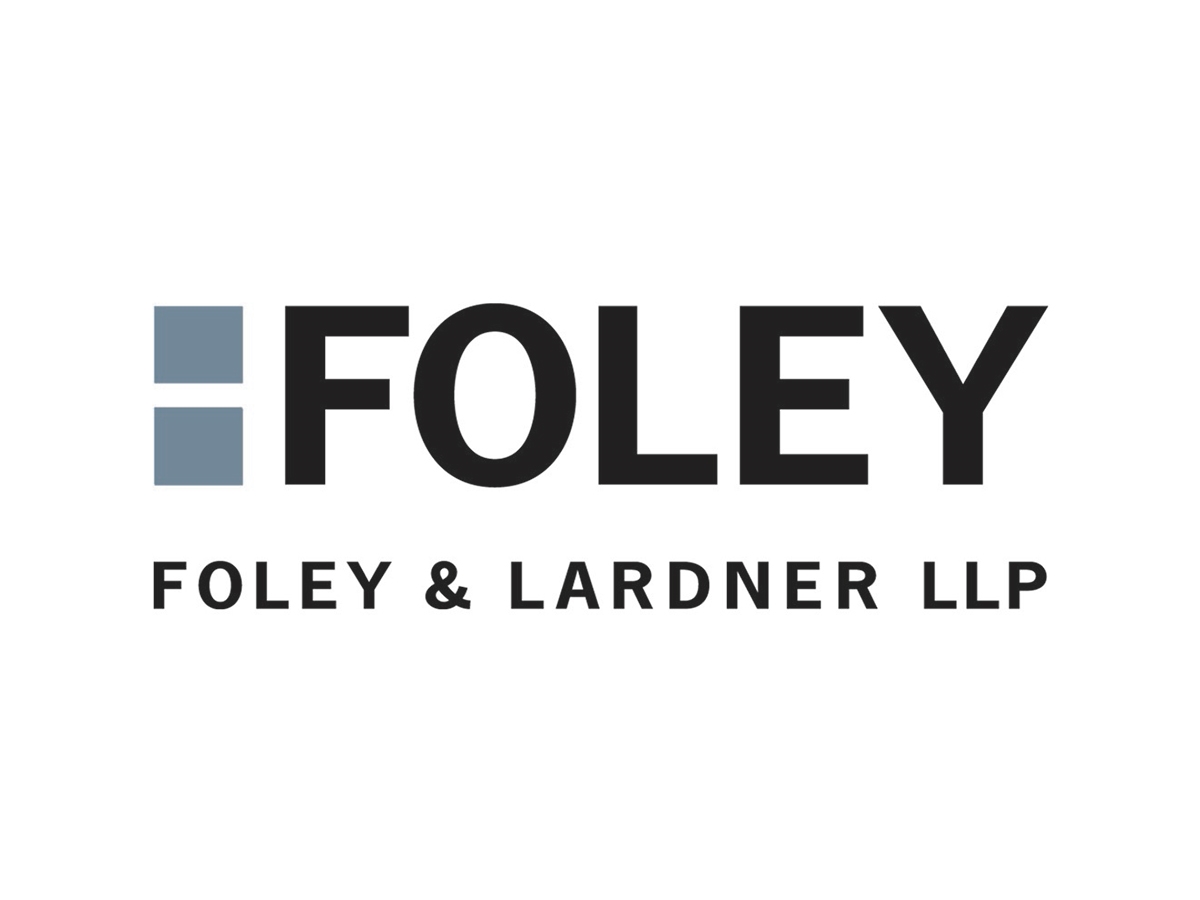Trademark Law and Bankruptcy Considerations for Emerging Companies in the Renewable Energy Sector | Foley & Lardner LLP
As the renewable energy sector continues to experience significant growth and attract emerging companies, it becomes essential for entrepreneurs and business owners to understand the legal landscape surrounding trademarks and potential bankruptcy issues. Trademark protection safeguards a company’s brand, while bankruptcy considerations can have far-reaching implications for intellectual property assets. This post aims to provide insights into some of the important trademark law and bankruptcy concerns in this evolving industry.
1. Trademark Basics for Renewable Energy Companies
Trademark law offers invaluable protection for businesses, helping to establish and safeguard brand recognition. For emerging companies in the renewable energy space, properly securing trademark protection early on is crucial for a number of reasons and will enable companies to be in a strong position engage in mergers and acquisitions and licensing opportunities.
First, taking the correct steps before adopting a trademark (namely, clearance) is essential to ensure that the chosen mark is available and does not infringe upon existing trademarks within the industry. Failure to clear a mark prior to adoption can cause significant headaches down the road—especially for companies in the renewable energy space that have the potential to grow at an exponential pace.
Once adopted, seeking federal registration of the trademark is important because a federal registration memorializes your trademark rights, puts the nation on notice of your trademark rights nationwide, and enhances your trademark rights. While trademark registration is not required for the ownership of trademark rights in the U.S., trademark registration is key in spaces like the renewable energy space where companies are often acquired by or merge with other companies. Trademark registrations and a tidy trademark portfolio can make a company an attractive target.
Finally, proper trademark selection, clearance, and registration also augment trademark policing and enforcement efforts. Taking appropriate enforcement action against unauthorized third-party use is crucial to preserving trademark rights, but trademark enforcement is incredibly difficult without proper trademark selection, clearance, and registration. Trademark enforcement is necessary in the renewable energy space. Without it, nothing is stopping third parties from usurping a company’s brand and identity and can result in the ubiquitous use of similar trademarks. Such devaluing of trademark rights creates significant hurdles for mergers and acquisitions and potential licensing opportunities.
2. Bankruptcy Basics for Renewable Energy Companies
To expand your business, you could decide to: (a) license the use of your intellectual property, even your trademarks to a third party or (b) license the use of a third party’s intellectual property and its trademarks. Once your counterparty files for bankruptcy relief, however, self-help remedies are no longer available. Contract provisions that gave you the right to terminate that licensing agreement are not enforceable in bankruptcy. What are your rights then? Below is a brief overview of key bankruptcy concepts to keep in mind when evaluating your options as it concerns the treatment of your licensing agreements, including trademarks, in a bankruptcy case.1
Key Bankruptcy Concepts
Property of the Estate
Filing of a bankruptcy petition creates an “estate” comprised of all property of the debtor, wherever located. This includes the legal and equitable interests of the debtor. This will include, not only the debtor’s intellectual property2 and its trademarks, but also the debtor’s contract rights to use a third party’s intellectual property and trademarks under various licensing agreements.
Automatic Stay
Upon the filing of a bankruptcy petition, an “automatic stay” instantly comes into effect. There is no need for the debtor company to obtain a court order. This “stay” is similar to a court issued injunction. To obtain relief from the automatic stay, a non-debtor party would need to file a motion in bankruptcy court and meet the requirements under section 362(d) of the Bankruptcy Code.
Executory Contract
This is a contract in which material performance remains unperformed for both parties to the contract. Generally, contract counterparties cannot terminate their contracts due to the filing of a bankruptcy petition, as these provisions are not enforceable in bankruptcy.3
Debtor’s Choice: The debtor has three options: (a) assume – debtor continues to perform the contract in the future; (b) assume and assign – debtor assigns the contract to a third party who agrees to perform the contract in the future; or (c) reject – debtor does not agree to continue to perform under the contract in the future.
An assumption or assumption and assignment means, among other things, that the debtor must cure the defaults under the executory contract.4 In contrast, a rejection of the executory contract constitutes a prepetition breach of the executory contract. Rejection does not equal termination of the executory contract, however. For example, rejection of an executory contract will not necessarily rescind the counterparty’s right to continue to use a trademark or even the debtor’s intellectual property.5 Whatever property rights one has outside of bankruptcy, one maintains under rejected executory contracts.
No Cherry-Picking: In evaluating such executory contracts, a debtor cannot “cherry-pick” the favorable parts of the contract for assumption and reject the unfavorable parts. The debtor must assume the good with the bad.
Single v. Multiple Contracts: If the licensing agreement was one of many contracts entered into between the parties, there may be an issue whether all these agreements together should be treated as a single, integrated contract or as separate contracts for assumption / rejection purposes under the Bankruptcy Code. Courts will look at various factors, including, but not limited to, the intent of the parties, subject matter of the contracts, and the conduct of the parties.
Plan v. Asset Sales
A debtor company may file for bankruptcy relief to reorganize (i.e., restructure its debts) and file a proposed plan of reorganization. A debtor company also may sell some or substantially all of its assets, including its contract rights via assumption and assignment, to third parties. In both scenarios, you will need to monitor the bankruptcy proceedings, and take any necessary action to protect your rights. Failure to assert your rights in a bankruptcy case may mean a loss of those same rights.
Conclusion
Trademark law plays a vital role in establishing and protecting the brand identity of emerging companies in the renewable energy sector. By conducting thorough trademark clearance, federally registering trademarks, and enforcing against unauthorized third-party use, businesses in the renewable energy space will establish a strong brand presence and be in a strong position for potential mergers, acquisitions, and licensing opportunities. Furthermore, it is essential for renewable energy companies to understand the potential impact of bankruptcy proceedings on their intellectual property assets. Engaging in proactive measures, such as negotiating favorable licensing agreements and staying informed about bankruptcy laws can help mitigate risks and safeguard valuable intellectual property assets. Companies in the renewable energy space looking to establish their presence in the market simply cannot afford to throttle forward without properly establishing trademark rights and thinking critically about bankruptcy law.
1 Every bankruptcy case and every licensing agreement will have their own specific facts and circumstances. This article provides an overview of bankruptcy issues only. A specific licensing agreement would need to be analyzed to determine a counterparty’s specific rights and options in a bankruptcy case and any licensee’s ability to sublicense any intellectual property and trademark rights.
2 “The term “intellectual property” means-(A) trade secret; (B) invention, process, design, or plant protected under title 35; (C) patent application; (D) plant variety; (E) work of authorship protected under title 17; or (F) mask work protected under chapter 9 of title 17; to the extent protected by applicable nonbankruptcy law.” 11 U.S.C. §101(35A).
3 This article does not address safe harbor contracts under §556, et seq.
4 Curing defaults includes paying an amount to the non-debtor counterparty to cure prepetition defaults under the executory contract. Key considerations are understanding what specific period does the cure amount cover and when such cure amount will be paid.
5 If the debtor is the licensor of intellectual property, section 365(n) of the Bankruptcy Code sets out the rights of the non-debtor licensee regarding such intellectual property. With respect to trademarks, which are not considered intellectual property under the Bankruptcy Code, the Supreme Court’s decision in Mission Product Holdings v. Tempnology, 139 S.Ct. 1652 (2019) is instructive. As pointed out above, a rejection of a licensing agreement is not a termination of the contract. It constitutes a prepetition breach, and the parties must look to applicable non-bankruptcy law regarding their specific rights under such rejected contract.






